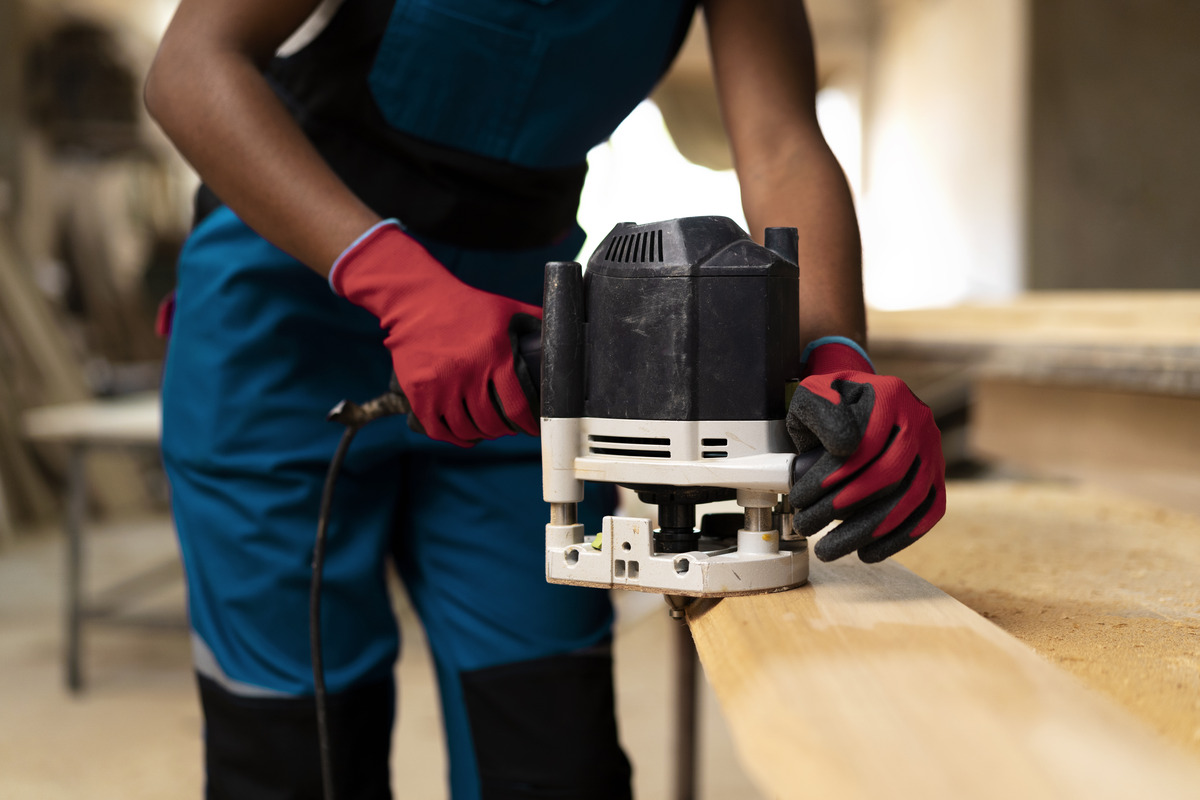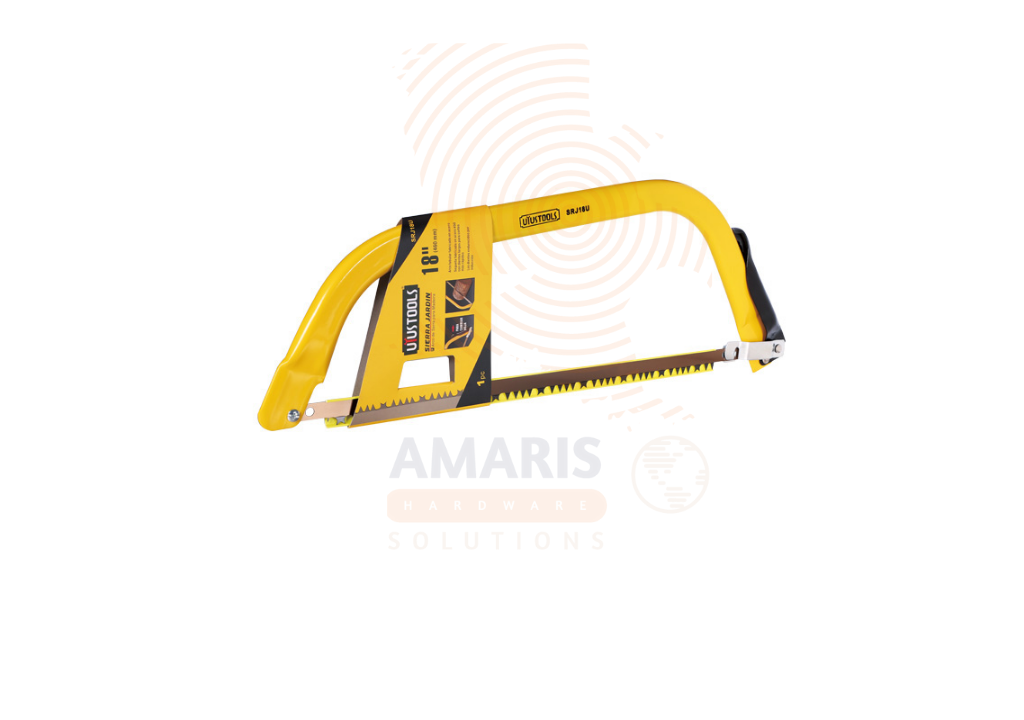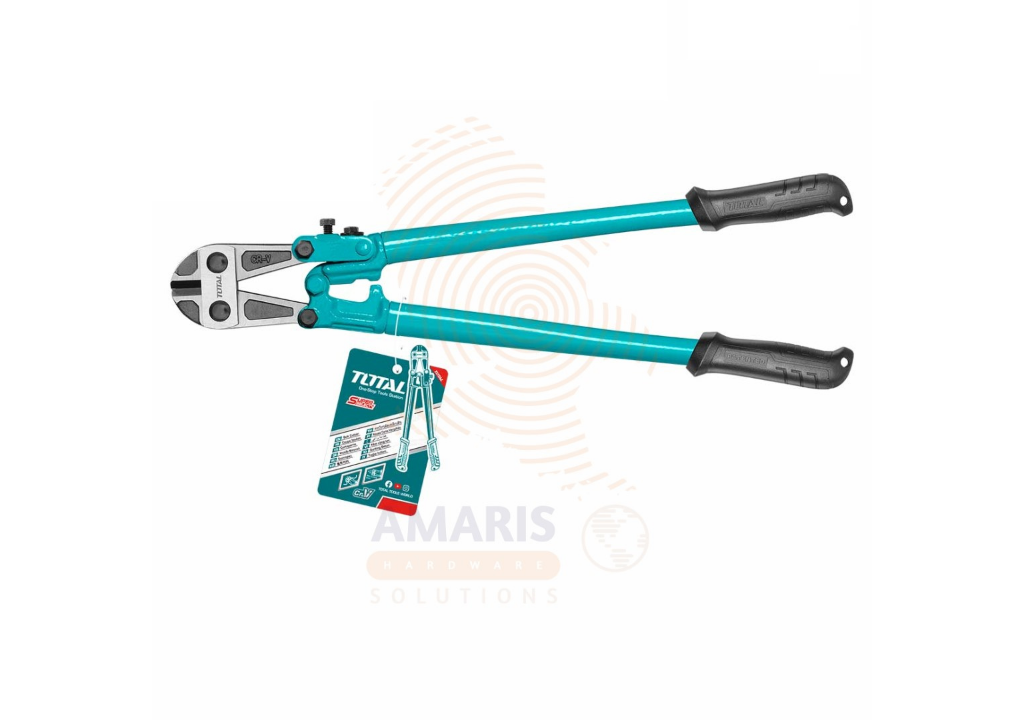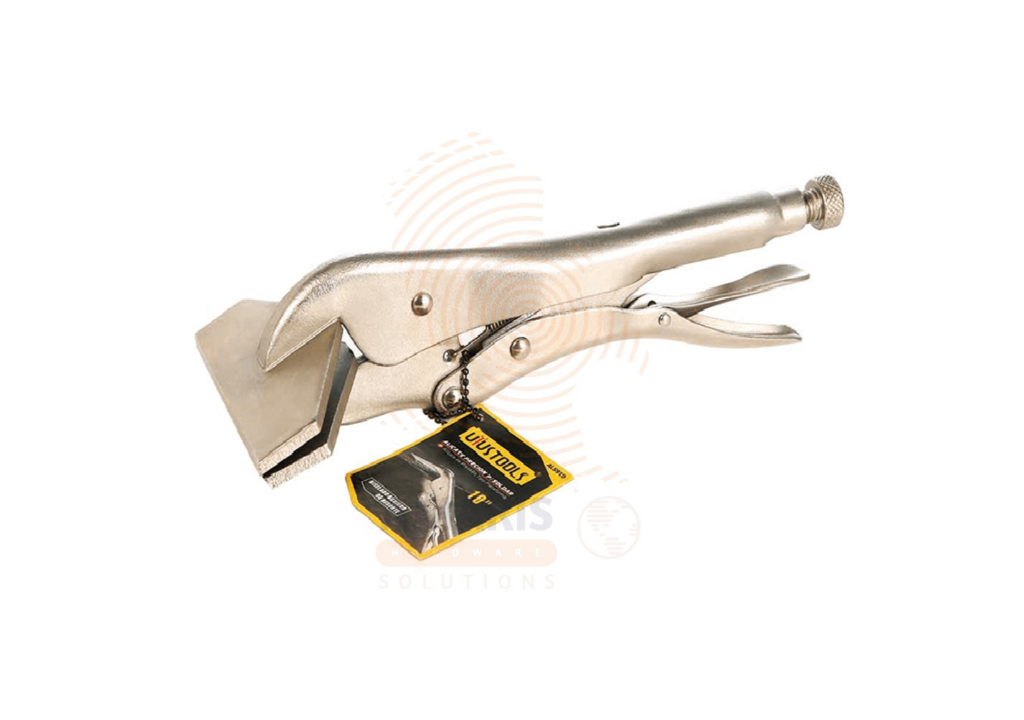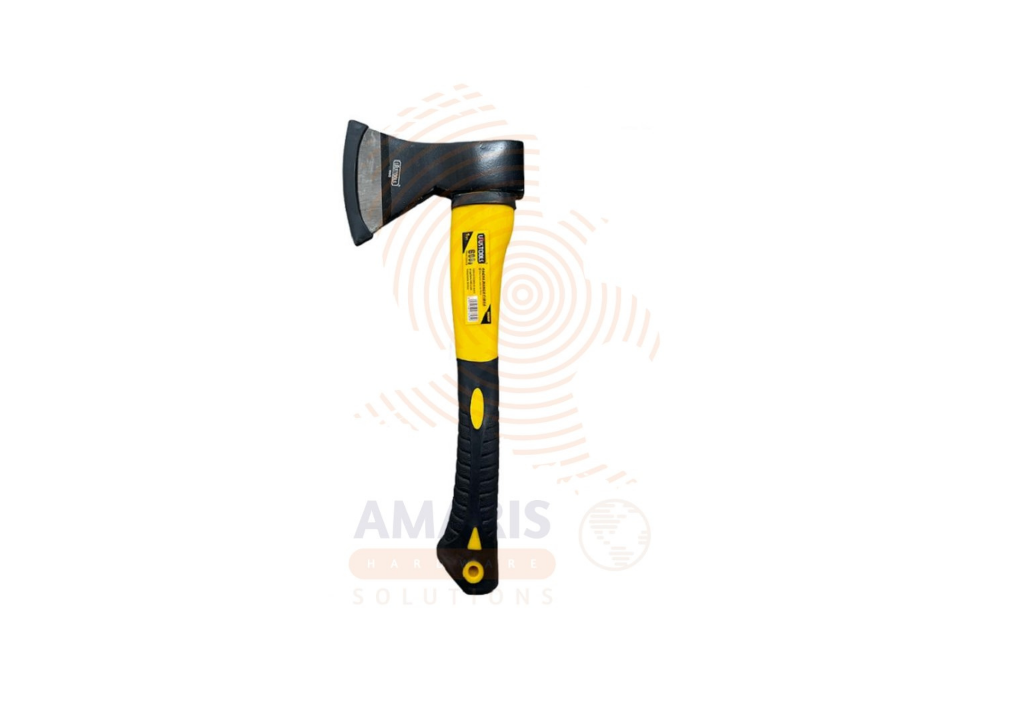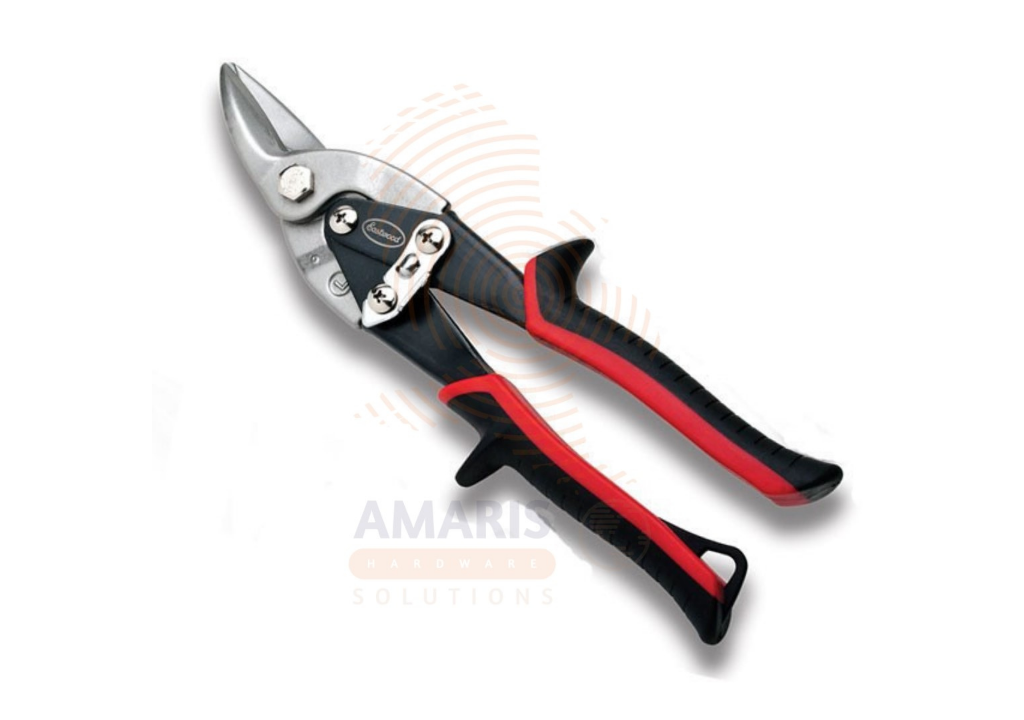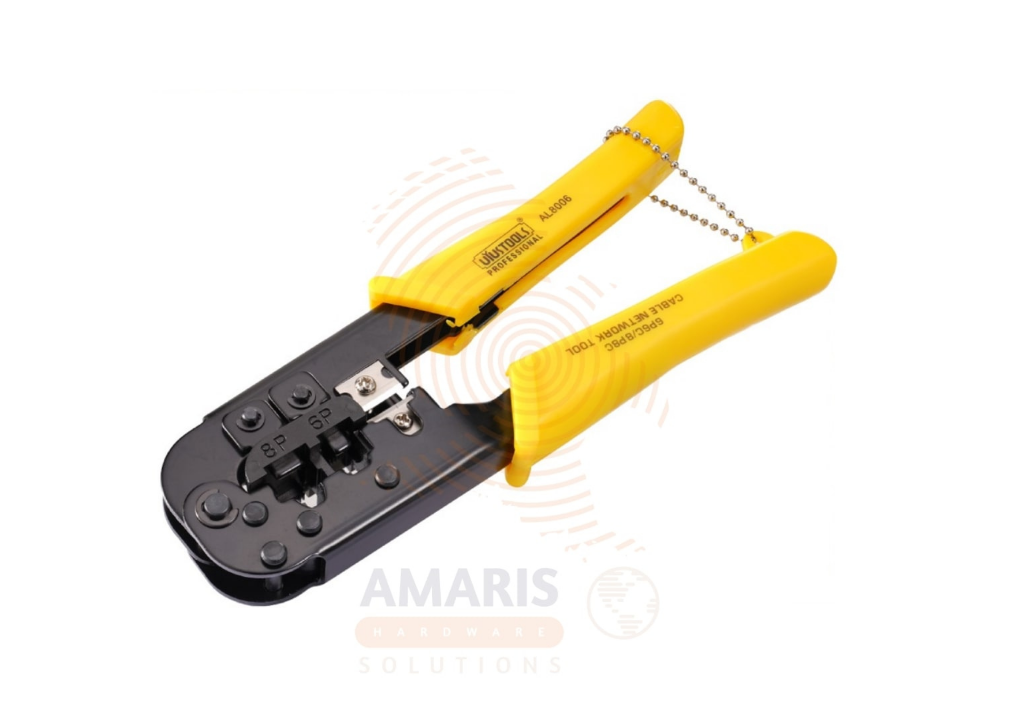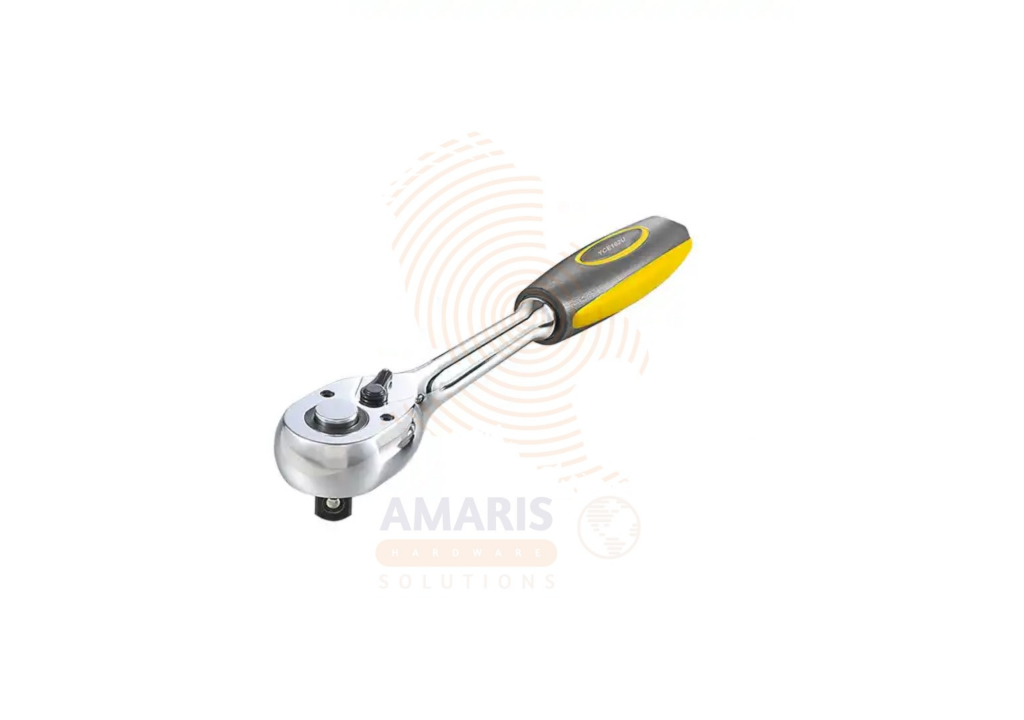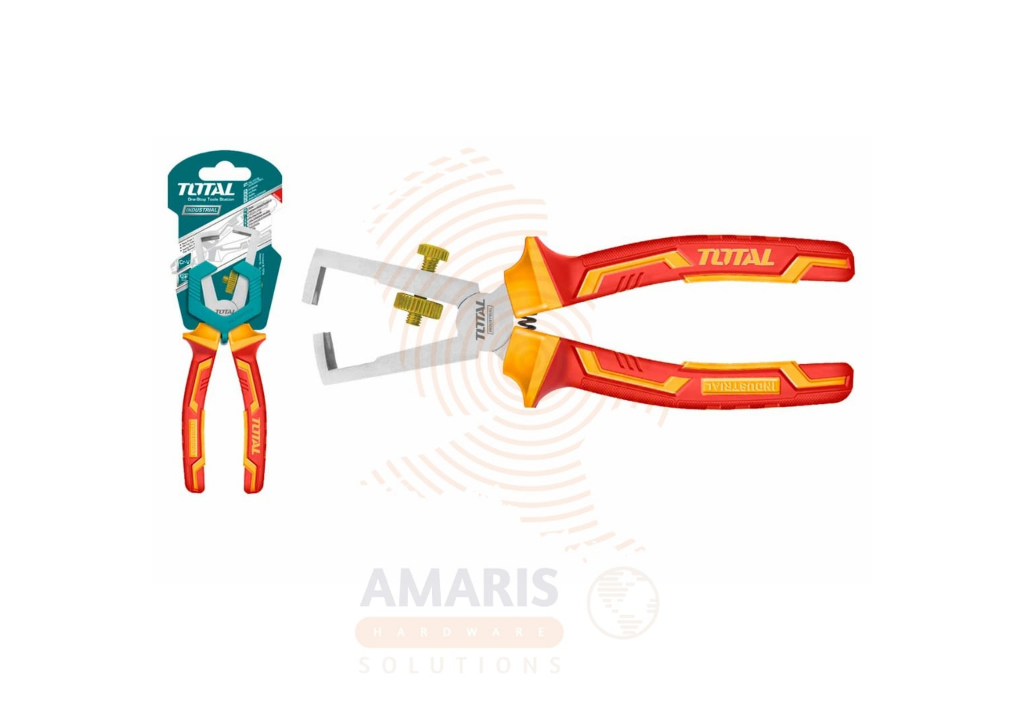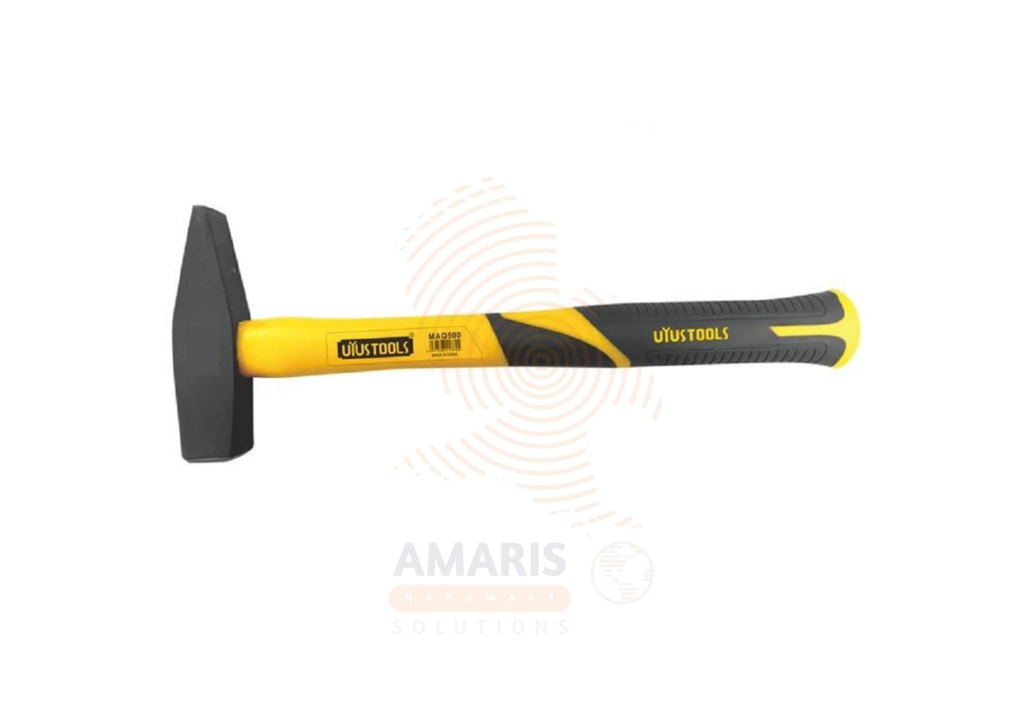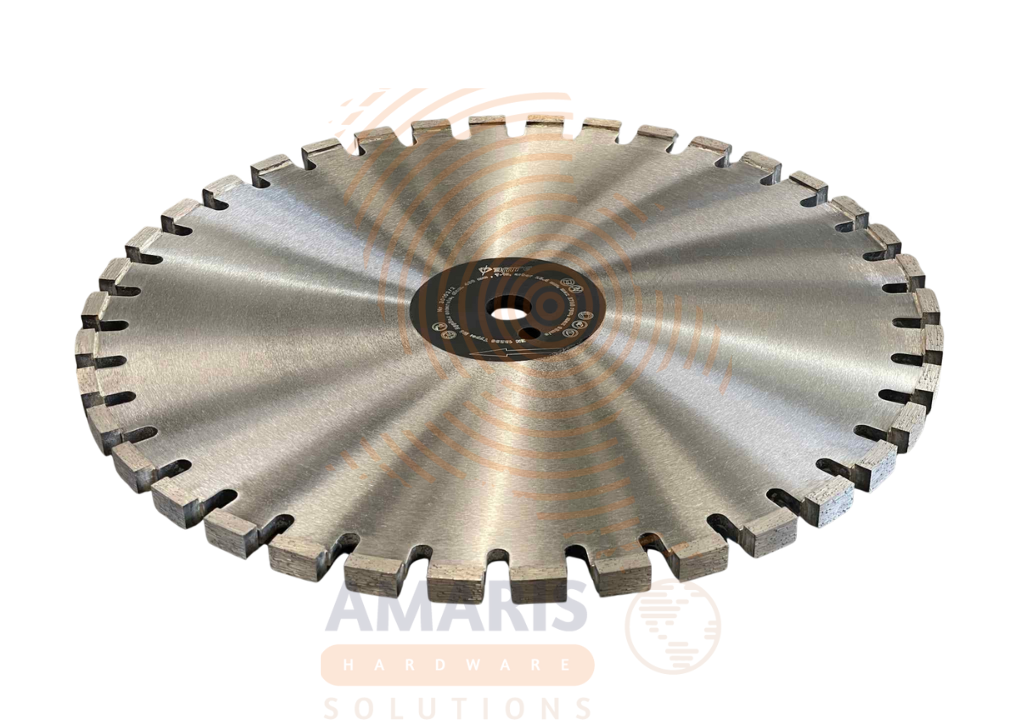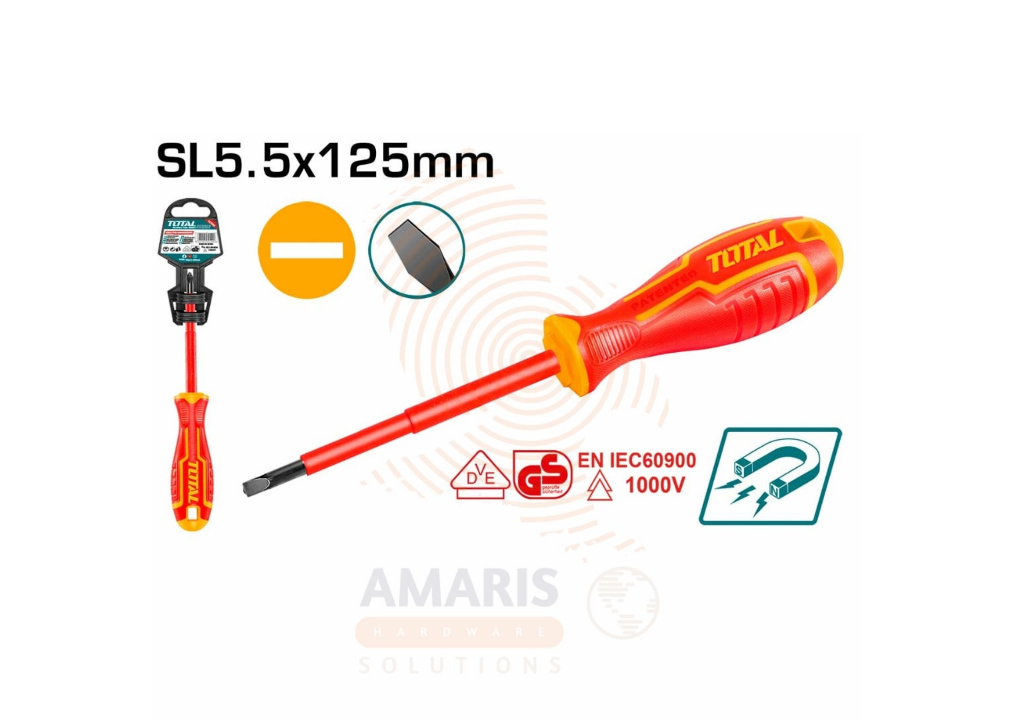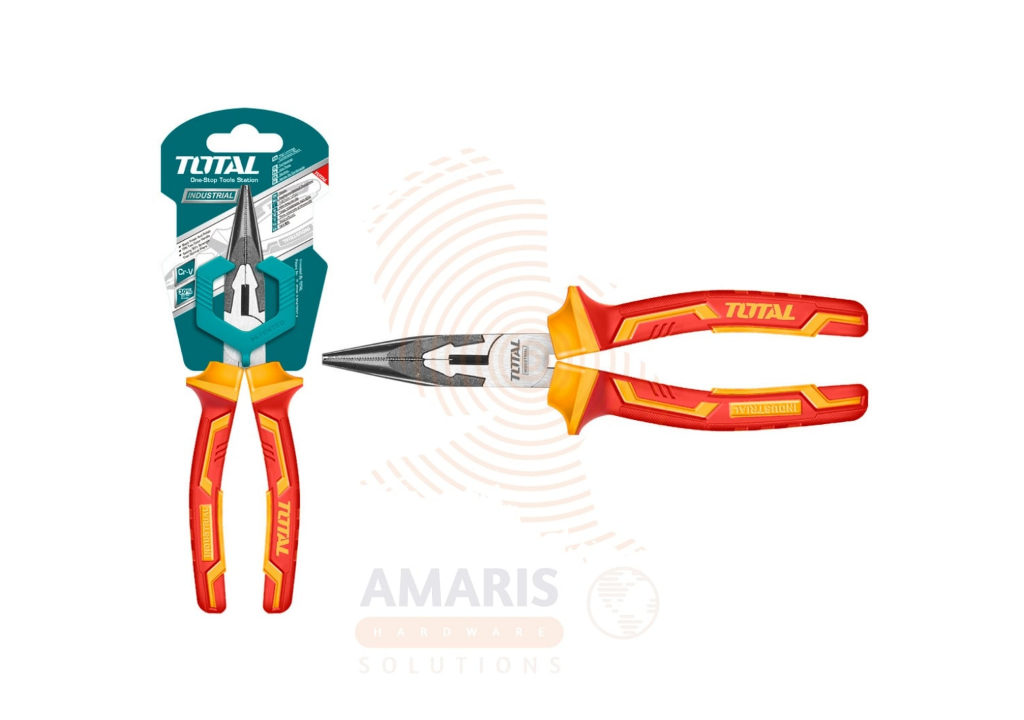“Straight Cuts, Sharp Skills: Mastering the Back Saw” 🪚📏✨
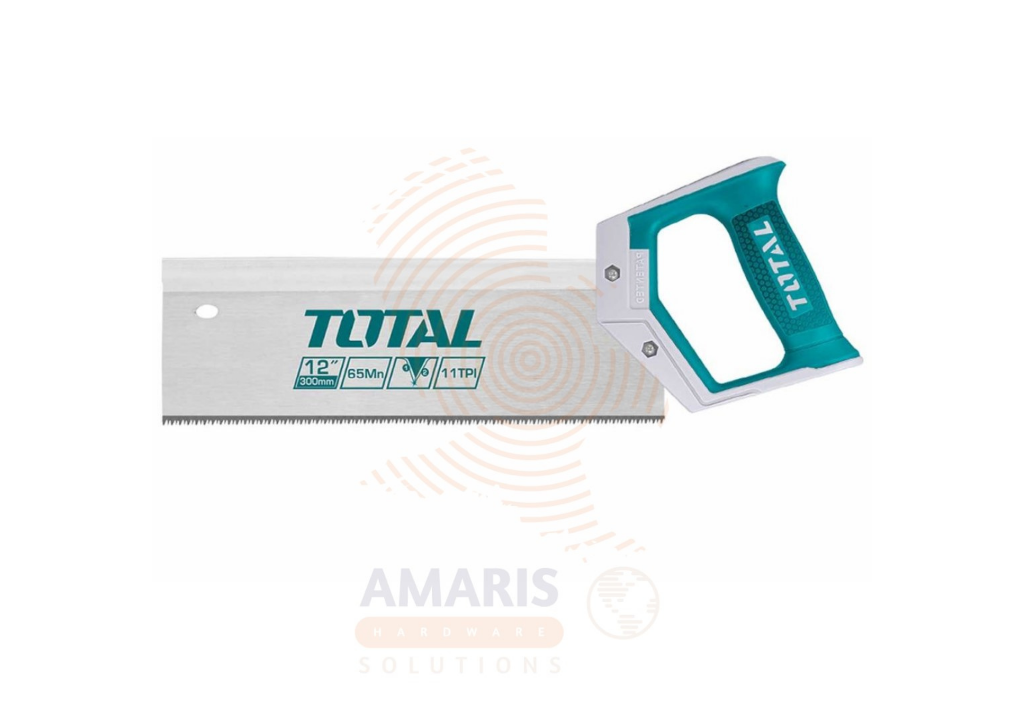
When precision matters in woodworking, the back saw steps into the spotlight. Known for its rigid spine and fine teeth, this classic hand tool has been the trusted companion of carpenters, cabinet makers, and DIY enthusiasts for generations. Whether you’re cutting dovetail joints, trimming moldings, or working on delicate joinery, a back saw delivers the kind of accuracy and control that power tools sometimes can’t match.
If you’re aiming for crisp, straight cuts and beautifully finished edges, this is one tool you’ll want in your collection.
What is a Back Saw? 🛠️
A back saw is a short-bladed, fine-toothed hand saw reinforced with a stiff spine along the top edge. This spine—often made of brass, steel, or another rigid metal—keeps the blade from flexing, ensuring your cuts remain perfectly straight.
Back saws are designed for controlled cutting, making them ideal for joinery and finishing work where precision is non-negotiable.
Why Every Woodworker Needs One 🪵
The back saw might look simple, but its design is packed with benefits:
- Precise Cuts – The stiff spine ensures the blade doesn’t wobble or bend.
- Smooth Finish – Fine teeth leave minimal tear-out for cleaner results.
- Control – Shorter blade length allows better handling in tight spaces.
- Versatility – Great for cutting wood, plywood, and even certain plastics.
- Quiet Operation – No electricity, no noise—just pure craftsmanship.
Types of Back Saws 🔍
- Tenon Saw – Designed for cutting tenons and other precise joinery.
- Dovetail Saw – Ideal for fine cuts in delicate woodworking projects.
- Gent’s Saw – Smaller in size, perfect for hobbyist and model-making work.
- Carcass Saw – Great for cutting across the grain with clean results.
Each type caters to specific woodworking needs, so many pros own more than one.
Common Uses for a Back Saw 🧰
- Joinery Work – Perfect for dovetail joints, mortise-and-tenon cuts, and box joints.
- Trim & Molding Cuts – Clean, crisp cuts without splintering.
- Furniture Making – Ideal for shaping and detailing furniture components.
- Cabinetry – Precision is key, and the back saw delivers every time.
How to Use a Back Saw for Best Results 🪚
- Mark Your Cut Line – Use a sharp pencil or marking knife for accuracy.
- Secure Your Workpiece – A stable surface is essential for clean cuts.
- Let the Saw Do the Work – Apply gentle forward strokes without forcing the blade.
- Keep a Steady Pace – Smooth, consistent strokes prevent jagged edges.
- Finish with Care – As you near the end of the cut, slow down to avoid splintering.
Maintenance Tips 🛠️
- Clean After Each Use – Remove sawdust to prevent buildup.
- Keep Teeth Sharp – A sharp saw is safer and more efficient.
- Protect the Blade – Store it in a sheath or toolbox to avoid damage.
- Oil Lightly – Prevents rust and ensures smooth cutting action.
Why It Still Holds Its Place in the Modern Workshop 💡
With all the power tools available today, you might wonder why a simple back saw still has a place in professional woodworking. The truth is, no machine can replicate the tactile control and finesse that a well-used hand saw offers. When the job calls for slow, deliberate craftsmanship, the back saw shines—quietly, accurately, and reliably.
At Amaris Hardware Solutions, we’ve seen seasoned pros and enthusiastic beginners alike pick up a back saw and instantly appreciate its balance, control, and heritage. It’s a tool that connects you to woodworking’s timeless traditions while delivering the precision modern projects demand.
✅ Whether you’re crafting intricate joints or making delicate trim cuts, the back saw is more than a tool—it’s an extension of your skill. With a little practice, you’ll wonder how you ever worked without it.


 Acrylic Sealants
Acrylic Sealants Construction Adhesives
Construction Adhesives Double-Sided Tape
Double-Sided Tape Duct Tape
Duct Tape Electrical Tape
Electrical Tape Epoxy & Resins
Epoxy & Resins Masking Tape
Masking Tape
 Automotive Wrenches & Socket Sets
Automotive Wrenches & Socket Sets Battery Chargers & Jump Starters
Battery Chargers & Jump Starters Car Jacks & Stands
Car Jacks & Stands Car Wash & Detailing Products
Car Wash & Detailing Products Diagnostic Tools
Diagnostic Tools Tire Inflators
Tire Inflators Vehicle Lighting
Vehicle Lighting Oil & Lubricants
Oil & Lubricants
 Adhesives & Sealants
Adhesives & Sealants Bricks & Blocks
Bricks & Blocks Cement & Concrete
Cement & Concrete Drywall & Plaster
Drywall & Plaster Flooring (Tiles, Wood, Laminate)
Flooring (Tiles, Wood, Laminate) Lumber & Plywood
Lumber & Plywood Paints, Primers & Coatings
Paints, Primers & Coatings Insulation Materials
Insulation Materials Roofing Materials
Roofing Materials
 Circuit Breakers
Circuit Breakers Electrical Cables & Wires
Electrical Cables & Wires Switches & Sockets
Switches & Sockets Fuses & Relays
Fuses & Relays Connectors & Terminals
Connectors & Terminals Electrical Boxes & Panels
Electrical Boxes & Panels Conduit & Fittings
Conduit & Fittings Lighting Fixtures & Bulbs
Lighting Fixtures & Bulbs Extension Cords & Power Strips
Extension Cords & Power Strips
 Anchors
Anchors Bolts
Bolts Clips & Clamps
Clips & Clamps Screws
Screws Nuts
Nuts Washers
Washers Rivets
Rivets Nails
Nails Threaded Rods
Threaded Rods
 Hammers
Hammers Measuring Tools (Tapes, Levels, Calipers)
Measuring Tools (Tapes, Levels, Calipers) Screwdrivers
Screwdrivers Pliers & Cutters
Pliers & Cutters Saws & Blades
Saws & Blades Chisels & Punches
Chisels & Punches Allen Keys & Hex Keys
Allen Keys & Hex Keys Ratchets & Socket Sets
Ratchets & Socket Sets Wrenches & Spanners
Wrenches & Spanners
 Power Tool Accessories (Blades, Bits, Discs)
Power Tool Accessories (Blades, Bits, Discs) Rotary Tools
Rotary Tools Saws (Circular, Jigsaw, Reciprocating)
Saws (Circular, Jigsaw, Reciprocating) Drills & Drivers
Drills & Drivers Grinders & Sanders
Grinders & Sanders Heat Guns
Heat Guns Nail Guns
Nail Guns Impact Wrenches
Impact Wrenches Batteries & Chargers
Batteries & Chargers
 Pipes & Fittings (PVC, Copper, PEX)
Pipes & Fittings (PVC, Copper, PEX) Plumbing Tools
Plumbing Tools Pumps & Motors
Pumps & Motors Sealants & Adhesives for Plumbing
Sealants & Adhesives for Plumbing Valves & Taps
Valves & Taps Water Heaters
Water Heaters Drainage Systems
Drainage Systems Faucets & Fixtures
Faucets & Fixtures Hoses & Tubing
Hoses & Tubing
 Hinges & Latches
Hinges & Latches Hooks & Brackets
Hooks & Brackets Window Hardware
Window Hardware Chains & Cables
Chains & Cables Casters & Wheels
Casters & Wheels Shelving & Storage Systems
Shelving & Storage Systems Door Handles & Locks
Door Handles & Locks Drawer Slides & Cabinet Hardware
Drawer Slides & Cabinet Hardware
 Personal Protective Equipment (PPE)
Personal Protective Equipment (PPE) Respirators & Masks
Respirators & Masks Safety Glasses
Safety Glasses Safes
Safes Security Cameras
Security Cameras Gloves
Gloves Helmets
Helmets Ear Protection
Ear Protection Fire Safety Equipment
Fire Safety Equipment Locks & Padlocks
Locks & Padlocks Motion Sensors & Alarms
Motion Sensors & Alarms
 Garden Fencing
Garden Fencing Garden Furniture Hardware
Garden Furniture Hardware Lawn Mowers
Lawn Mowers Trimmers & Edgers
Trimmers & Edgers Shovels & Spades
Shovels & Spades Rakes & Hoes
Rakes & Hoes Pruning Shears & Loppers
Pruning Shears & Loppers Watering Systems (Hoses, Sprinklers, Nozzles)
Watering Systems (Hoses, Sprinklers, Nozzles)
 Interior Paints
Interior Paints Paint Brushes & Rollers
Paint Brushes & Rollers Paint Strippers & Thinners
Paint Strippers & Thinners Paint Trays & Accessories
Paint Trays & Accessories Exterior Paints
Exterior Paints Spray Paints
Spray Paints Primers & Undercoats
Primers & Undercoats Varnishes & Stains
Varnishes & Stains
 Gaskets & Seals
Gaskets & Seals Hydraulic Fittings
Hydraulic Fittings Industrial Fasteners
Industrial Fasteners Industrial Hoses
Industrial Hoses Lubricants & Greases
Lubricants & Greases Metal Sheets & Bars
Metal Sheets & Bars Bearings & Bushings
Bearings & Bushings Belts & Pulleys
Belts & Pulleys
 HVAC Filters
HVAC Filters Insulation for HVAC
Insulation for HVAC Air Conditioners
Air Conditioners Refrigerants
Refrigerants Ventilation Ducts & Fittings
Ventilation Ducts & Fittings Thermostats & Controllers
Thermostats & Controllers Fans & Blowers
Fans & Blowers
 Pegboards & Hooks
Pegboards & Hooks Shelving Units
Shelving Units Storage Bins & Containers
Storage Bins & Containers Toolboxes & Tool Chests
Toolboxes & Tool Chests Workbenches
Workbenches Drawer Organizers
Drawer Organizers Labeling Supplies
Labeling Supplies
 Welding Accessories (Clamps, Brushes)
Welding Accessories (Clamps, Brushes) Welding Electrodes & Rods
Welding Electrodes & Rods Welding Helmets & Gloves
Welding Helmets & Gloves Welding Machines
Welding Machines Soldering Irons & Stations
Soldering Irons & Stations Flux & Solder Wire
Flux & Solder Wire
 Generator Accessories
Generator Accessories Inverters
Inverters Portable Generators
Portable Generators Power Inverters
Power Inverters Transfer Switches
Transfer Switches Diesel & Gasoline Generators
Diesel & Gasoline Generators
 Transport Equipment: Carts, Dollies, and Hand Trucks
Transport Equipment: Carts, Dollies, and Hand Trucks Storage Solutions: Pallets, Racks, and Containers
Storage Solutions: Pallets, Racks, and Containers Lifting Equipment: Hoists, Cranes, and Jacks
Lifting Equipment: Hoists, Cranes, and Jacks Conveyors and Accessories: Belts and Rollers
Conveyors and Accessories: Belts and Rollers